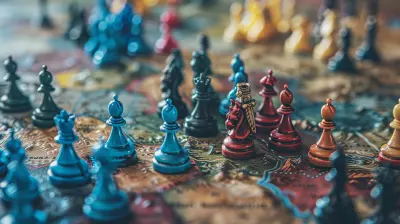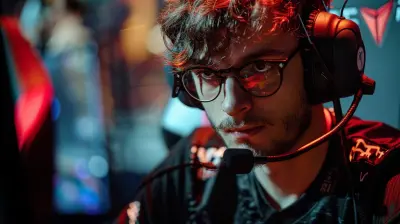How Stealth Games Enhance Immersion through Minimalism
1 August 2025
Stealth games are a fascinating corner of the video game world. They’re not as flashy as action-packed shooters, not as loud as open-world RPGs, yet they hold a magnetic grip on a certain kind of gamer — the ones who appreciate subtlety, patience, and that adrenaline rush from a silent takedown. But why do stealth games feel so immersive? Why do we find ourselves so deeply wrapped up in their shadows and silences?
Well, a huge part of that comes down to minimalism — less clutter, fewer distractions, and a tighter focus on what truly matters in a stealth experience. In this article, we’re diving deep into how minimalism actually boosts immersion in stealth games, making them feel more real, raw, and rewarding.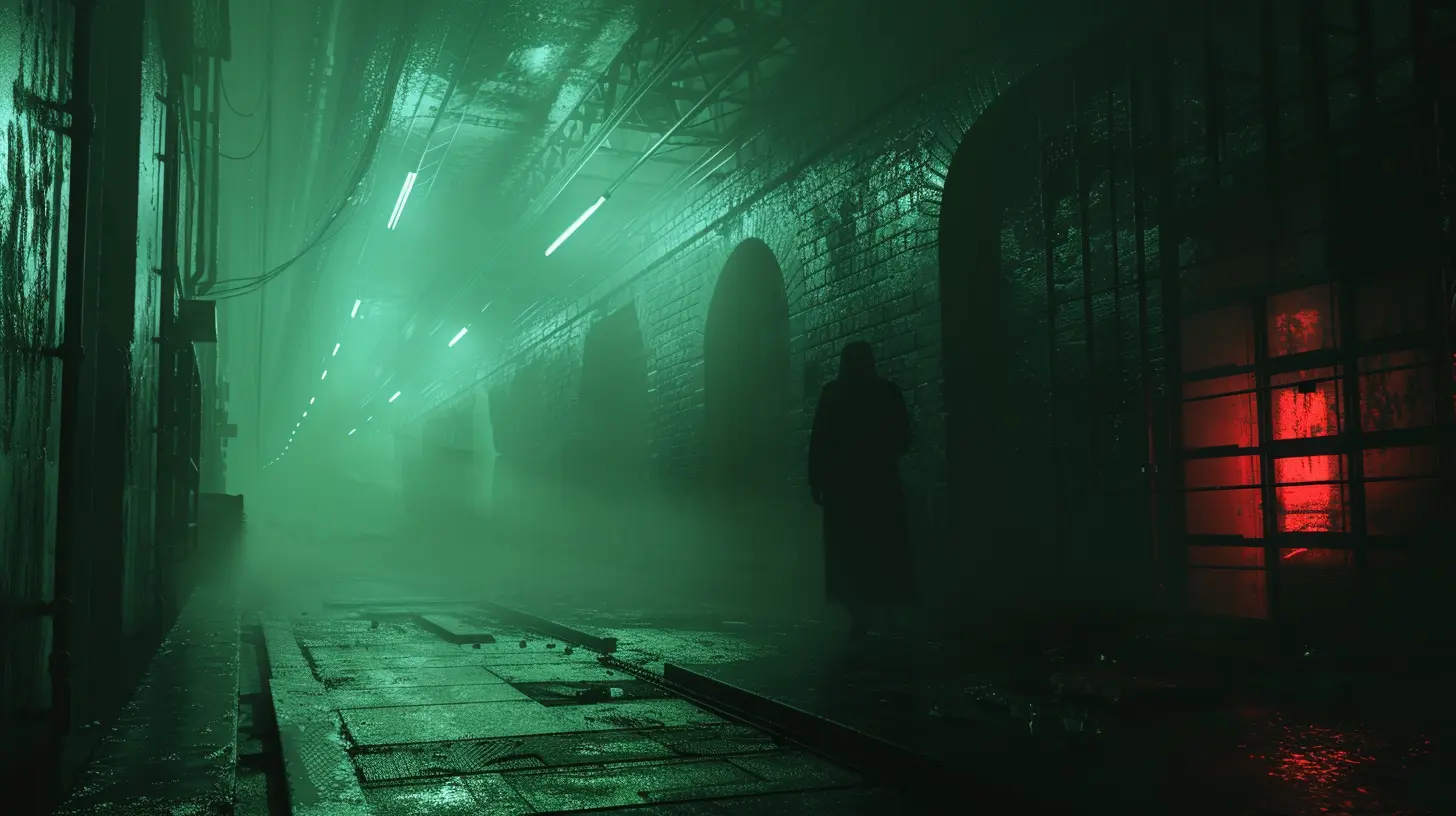
What Is Minimalism in Gaming Anyway?
Before we break down its connection with stealth games, let’s get clear on what we mean by minimalism in gaming. At its core, minimalism is about stripping things down to the essentials. Think simple HUDs, limited in-game info, sparse visuals, and restrained sound design.It’s not about being boring — it’s about making every piece of the game world feel like it matters. In stealth games, minimalism becomes a secret weapon. Instead of overwhelming you with endless objectives, complex UI, or explosive soundtracks, these games let silence and simplicity do the heavy lifting.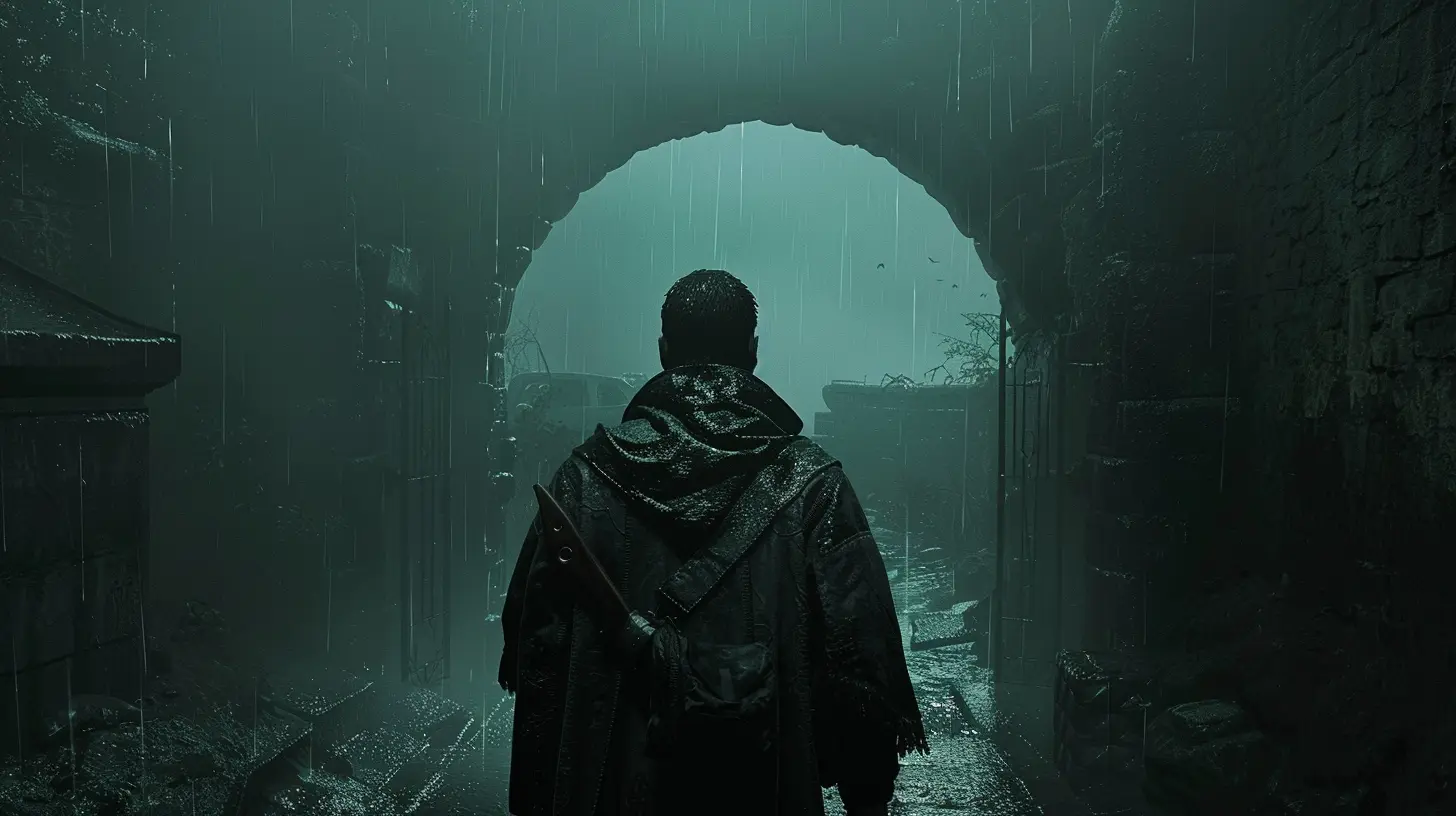
Why Less is More: The Magic of Minimalist Design
Have you ever noticed how sneaking through a dimly-lit hallway, with barely a sound, can feel more intense than a full-blown gunfight? That’s minimalism at work.When a stealth game removes excess noise — both literally and metaphorically — it gives your brain room to focus. You notice the creak of a floorboard, the subtle movement of a shadow, the rhythm of a guard’s patrol. It's like playing a game of chess in real time, but with your heart pounding through your chest.
Here’s how minimalism enhances immersion layer by layer: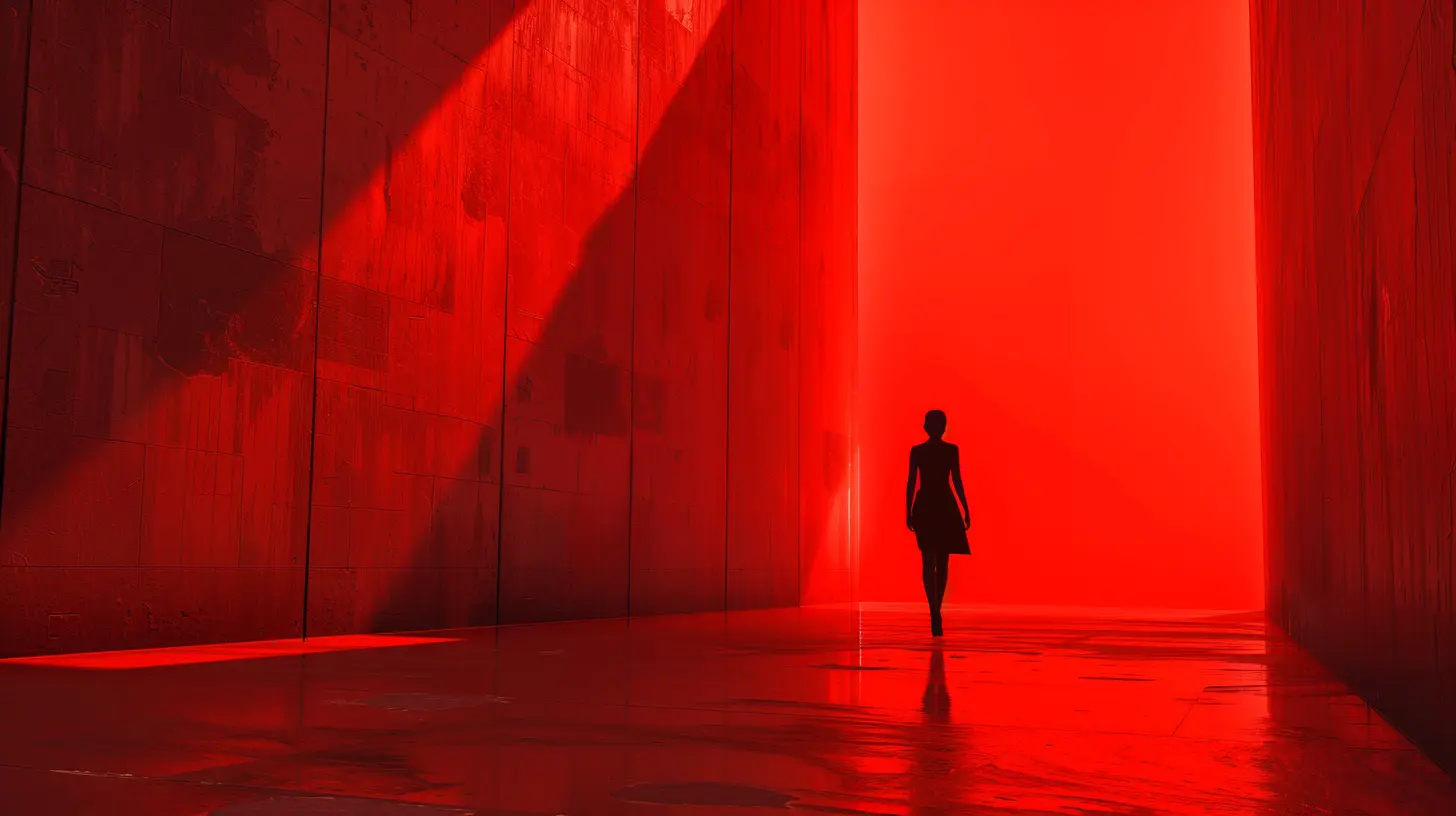
1. Clean User Interfaces: Letting the World Speak
Stealth games often keep their UI minimal. You won’t see too many flashing icons or screens cluttered with quest markers. Instead, information is surface-level and often baked right into the environment.Take the classic Thief series or Dishonored. Instead of arrows pointing at enemies or loud warnings, you might just see a flicker of movement in the distance or hear a muttered conversation around a corner. You're relying on your senses, not a GPS. That makes the player feel more like they're in the world, not just pushing buttons from outside it.
A Real-World Comparison?
Think of it like hiking with just a compass versus using a fully loaded GPS app. One demands immersion and attention; the other guides you too much. That demand for awareness is where the magical “I’m really here” feeling starts to bloom.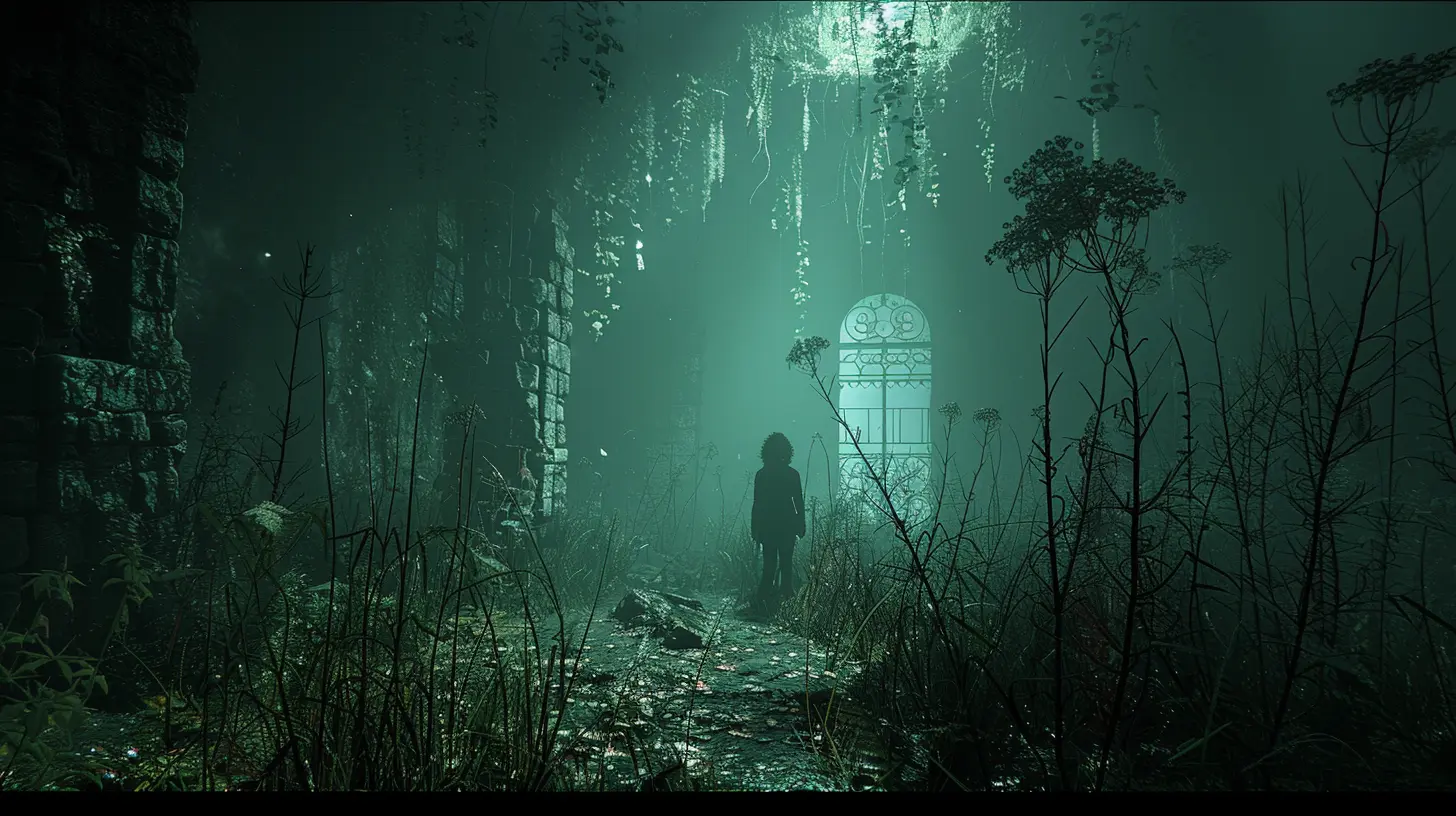
2. Environmental Storytelling: Show, Don’t Tell
Stealth games often ditch lengthy exposition or hand-holding in favor of environmental storytelling. Minimalism doesn’t mean there’s no story — it means every story is told through subtle cues: a blood-smeared wall, a knocked-over chair, or the soft buzz of a distant alarm.This engages your curiosity. You start piecing together narratives on your own, feeling more like a detective than a mere player. And guess what? That process boosts immersion because it’s you actively interpreting the world.
3. Audio Design: The Sound (or Silence) of Immersion
Sound is a huge player in the stealth genre — and in minimalist design, it's even more critical. With fewer distractions, every noise becomes meaningful.Footsteps echoing in an empty hallway. The faint hum of electronic cameras. The muffled voices of guards chatting.
Games like Splinter Cell and Mark of the Ninja use sound not just to build tension, but to feed information. Where is the enemy? Are you hidden well enough? Did they hear that?
Silence is used just as powerfully. Silence becomes dangerous, heavy, almost like a character in itself. There’s something incredibly immersive about listening to nothing… until you suddenly hear something.
4. Limited Resources = Heightened Stakes
Ever noticed how many stealth games star characters with just the basics?You’re not carrying an arsenal. You don’t have infinite gadgets. You might have a silenced pistol with three bullets, two smoke bombs, and that’s it. That scarcity makes every choice matter. You become intentional. You’re not just playing the game; you're surviving it.
Less gear? More fear? Yep — and more immersion too.
5. Focused Objectives = Tighter Engagement
Minimalism isn’t just visual or auditory — it applies to game design too. Instead of sprawling maps with a hundred side quests, you often get focused missions with clear goals: infiltrate this house. Steal that intel. Escape unseen.This clarity is vital. Because when you only have one thread to follow, you pull it hard. You give it your full attention. And that’s when you lose track of time, forget the real world, and suddenly realize you’ve been crouched behind a virtual crate for 20 minutes waiting for the perfect moment.
6. Player Agency and Empowerment
Minimalism in stealth games puts the power back in the player’s hands. With fewer cues and crutches, you’re encouraged to figure things out for yourself.You’re not told how to take out that security system — you observe it, analyze it, and then act. This trial-and-error process deepens your connection to the game. You're not just experiencing a story — you're crafting one.
7. Visually Subtle Design Keeps Focus on Gameplay
Let’s not forget visuals. While some stealth games like Hitman go for realistic detail, others use stylized minimalism in their visuals. Inside and Volume are good examples.By toning down visual excess, these games highlight key elements — hiding spots, guards, escape routes. The lack of visual clutter helps the brain zero in on what really matters.
Real-World Examples: Games That Nail It
🎮 Thief: The Dark Project
This classic kicked off the stealth genre in style. Its minimal HUD, focus on audio cues, and heavy shadows made players rely on their instincts.🎮 Mark of the Ninja
A side-scrolling stealth game that masterfully uses visual and audio cues while keeping the screen simple and clean. The minimalism here makes stealth feel fluid and focused.🎮 Metal Gear Solid V
It may not seem minimal at first glance, but the game smartly layers in simple interfaces, tons of player freedom, and a design that seldom forces your hand.The Player’s Perspective: Why We Crave That Immersion
Let’s be real — sometimes we just crave peace and quiet. Not all of us want to mow down hundreds of enemies or follow glowing arrows. Stealth games offer a unique space — a calming, measured challenge.And through minimalism, these games offer mental clarity. You’re not battling UI overload or narrative chaos. You’re engaged, alert, and fully present.
That’s why stealth games with minimalist design create these “flow states” — where time vanishes and you’re 100% locked in.
When Minimalism Goes Too Far
Okay, time for a reality check. Minimalism isn’t always perfect. Strip away too much, and a game can feel empty, vague, or even frustrating.Some players might bounce off minimal UIs or sparse storytelling, especially if they’re used to more feedback or guidance. That’s why the best stealth games balance minimalism with subtle layers of support — like visual indicators that pop up when guards are suspicious.
So, minimalism isn't about doing less for the sake of it. It's about doing less — but doing it well.
Final Thoughts: Minimalism is the Stealth Game’s Secret Weapon
When it comes to immersion, stealth games are in a league of their own. And at the heart of their power? Minimalism. It’s not flashy, but it’s smart. It's not noisy, but it speaks volumes.By stripping away the extras, stealth games let you sink deep into their dark, silent corners. You become the observer, the predator, the ghost. You’re not just playing — you’re there, hidden in the shadows, heart pounding, holding your breath.
And honestly? That’s the kind of immersion no explosion-filled blockbuster can compete with.
all images in this post were generated using AI tools
Category:
Stealth GamesAuthor:

Madeleine McCaffrey
Discussion
rate this article
2 comments
Tobias Brooks
Great insights! I appreciate how you highlighted the power of minimalism in stealth games. It truly enhances immersion, allowing players to focus more on strategy and atmosphere. Well done!
November 17, 2025 at 3:55 AM

Madeleine McCaffrey
Thank you! I'm glad you enjoyed the article and found the connection between minimalism and immersion compelling. Your feedback means a lot!
Kevin Good
This article beautifully captures the essence of stealth games and their power to immerse players through minimalism. The focus on subtlety and tension creates a unique experience that draws us in, making every moment feel impactful. Great insights!
August 1, 2025 at 4:49 AM

Madeleine McCaffrey
Thank you! I'm glad you enjoyed the article and appreciate the insights on how minimalism enhances the immersion in stealth games. Your feedback means a lot!

